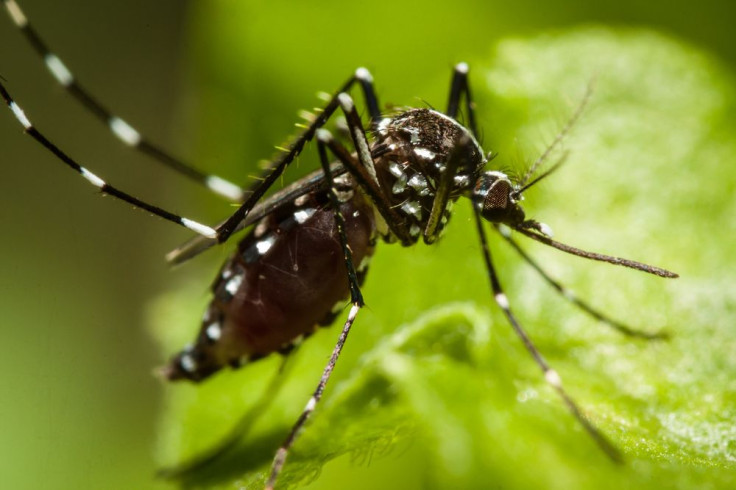Gene Editing Mosquitoes With CRISPR Technology Could Eliminate Threat Of Malaria And Other Tropical Diseases

Researchers at Virginia Tech have identified the gene responsible for determining the gender of the Aedes aegypti mosquito. The team believes this discovery will allow them to manipulate the genders of mosquito populations and therefore help to greatly reduce the spread of deadly tropical diseases, such as malaria and yellow fever.
Nix is a recently identified gene which acts as the key determiner of whether or not the eggs of A. aegypti mosquitoes will develop into male or female offspring. In a recent study, now published in the online journal Science Express, a team of innovative scientists explain the discovery of this gene has allowed them to use CRISPR gene-editing control technology to control the genders of mosquito populations. When Nix was introduced into developing mosquito eggs, 67 percent of the resulting female offspring developed male genitalia, The Reporter Advocate reported. Vice versa, when the gene was removed, the male larvae developed female genitalia.
This finding’s benefit to human health lies in the distinctly different feeding habits of male and female A. aegypti mosquitoes. Due to their need to nourish developing eggs, it is only the female A. aegypti mosquitoes that have a thirst for human blood. The female’s blood drinking habits have unfortunately caused her to become one of the biggest risks to human health on the planet. Illnesses such as malaria, dengue fever, chikungunya, and yellow fever are nearly exclusively spread by female A. aegypti mosquitoes. So, theoretically, cutting down on female mosquito populations could reduce the incidences of these dreaded diseases and save human lives.
Man-Made Solution For A Man-Made Problem?
The A. aegypti is native to Africa, but its population began to spread across the globe in the 1700s due to colonization. The species is unique in its ability to highly adapt to human environments despite our efforts to contain its population. As of 2015, the species is resistant to four of the six insecticides used to destroy it, The Atlantic reported.
Recent climate warming has caused the population of this particularly dangerous breed of mosquitoes to explode and spread tropical diseases to areas where they have never before been reported, such as the debilitating chikungunya disease being reported in the Caribbean for the first time in 2013.
Gene editing is a highly potential yet highly controversial new vein of science which wishes to tamper with the very essence of life — the genome. Some worry that manipulating the environment is not the best answer to this man-created problem, and warn that editing the DNA of mosquitoes could produce unprecedented results. Previous edits to the mosquito genome have resulted in bugs equipped with a “kill switch” that causes reproduction problems. When this genetically manipulated bug was released and bred with natural population, the result was drastically compromised birth rates, The Atlantic reported.
"This mosquito is Dr. Frankenstein’s monster, plain and simple," Helen Wallace, a British environmentalist with the organization GeneWatch, told The New Yorker in reference to the "kill switch" gene edit. "To open a box and let these man-made creatures fly free is a risk with dangers we haven’t even begun to contemplate."
However, the Virginia Tech team insists their newest edits pose little, if any, danger to the environment. Also, unlike the “kill switch” gene edit, changing the gender of mosquitoes mirrors an already naturally occurring genetic expression. Zach Adelman, a researcher involved in the project, told Medical Daily in an email that, when it comes to possible risks from changing the ratio of male to female mosquitoes, “none come to mind.”
Brantley Hall, co-first author of the study shared this optimism: “Targeted reduction of Aedes aegypti populations in areas where they are non-native could have little environmental impact, and drastically improve human health.”
Despite the team’s optimism, there are legal obstacles that could prevent this idea from real-world application. The World Health Organization has regulations on the use of transgenic mosquitoes. But regardless of the possible legal obstacles, the team plans to further develop the technique as a way to fight the spread of infectious disease.
“To implement on a large scale, the Nix gene would have to be incorporated into the mosquito genome in a manner that allowed its expression to be switched on or off by the experimenter,” Adelman told Medical Daily. “This is an active area of investigation for us.”
Source: Brantley Hall A, Basu S, Jiang X, et al. A male-determining factor in the mosquito Aedes aegypti. Science Express. 2015.



























